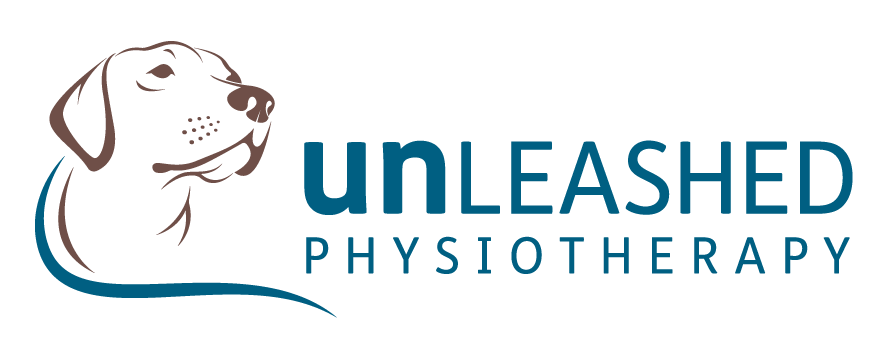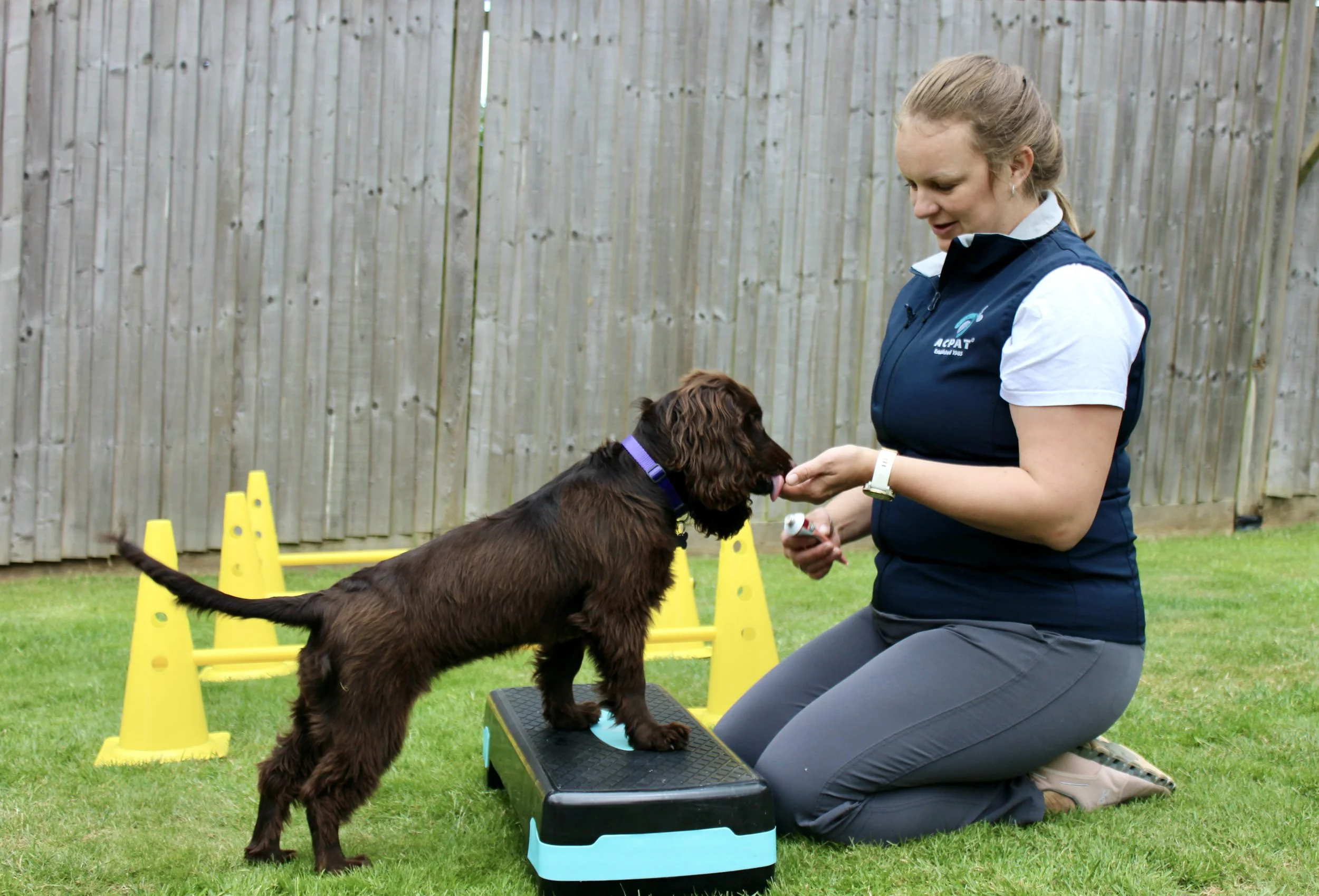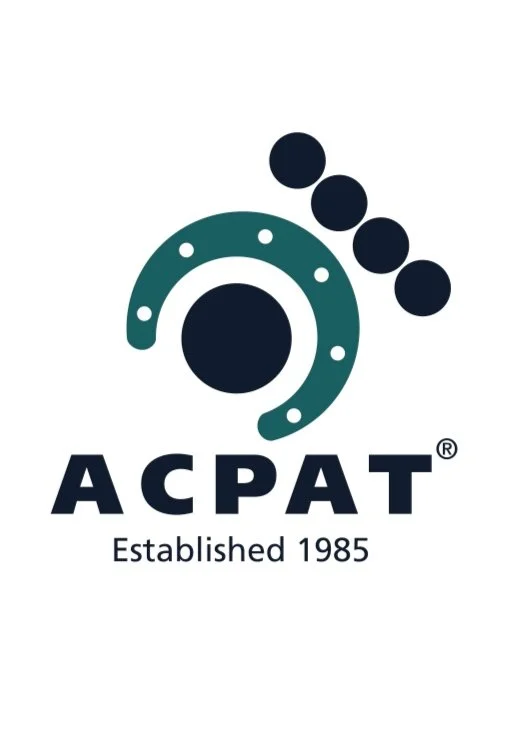
Our Approach
What is Veterinary Physiotherapy?
Veterinary physiotherapy is a profession which utilises a variety of methods to restore and optimise movement and function. It is used in conjunction with traditional veterinary care to help treat and manage injuries and longer term conditions. Physiotherapy aims to improve balance, coordination and proprioception, increase muscle strength, increase stamina and endurance, reduce pain and inflammation, correct unhelpful posture and movement patterns and educate patients and their families on specific conditions and their management goals. Physiotherapy can also focus on improving general health through weight management, cardiovascular fitness and advise for ageing and development. Treatment techniques often include therapeutic exercise, mobilisation and manipulation, soft tissue mobilisation and massage including myofascial release, laser and electrotherapy and education.
Why Choose ACPAT?
ACPAT stands for the Association of Chartered Physiotherapists Specialising in Animal Therapy. This means an ACPAT physiotherapist first qualifies to treat people and then qualifies, through additional degree training, to treat animals. All Chartered Physiotherapists abide by the standards for fitness to practise set by the Health and Care Professions Council (HCPC) and the Code of Professional Values & Behaviour set in place by the Chartered Society of Physiotherapy (CSP). Additionally, ACPAT members are subject to an annual audit process to ensure they adhere to the highest standards of health and safety, record keeping, professionalism and competency.
Difficulty getting up or changing positions
Stiffness or lameness
Reluctance to exercise
Yelping when handled
Changes in posture
Changes in performance or compliance in sporting dogs
Agility problems such as measuring fences, refusing, dropping out of the weaves and change in jumping style or speed
Reluctance to jump into car or on/off a bed
Altered reactions to other dogs
Changes in anxiety levels or fear reactions
Why might my dog or cat need physio?
Animals can show pain or injury through their behaviour. These changes are not always obvious but may be subtle . When it doubt, get it checked out by your veterinarian.
Low energy levels or changes in energy levels
Difficulty with stairs or uneven ground
Sensitivity to being groomed or handled
Uncoordinated movement
Falling, tripping or losing balance
Repetitive licking or chewing of skin
Difficulty with toileting or incontinence
Joint problems including swelling, arthritis or stiffness
Wounds, burns or scar tissue



